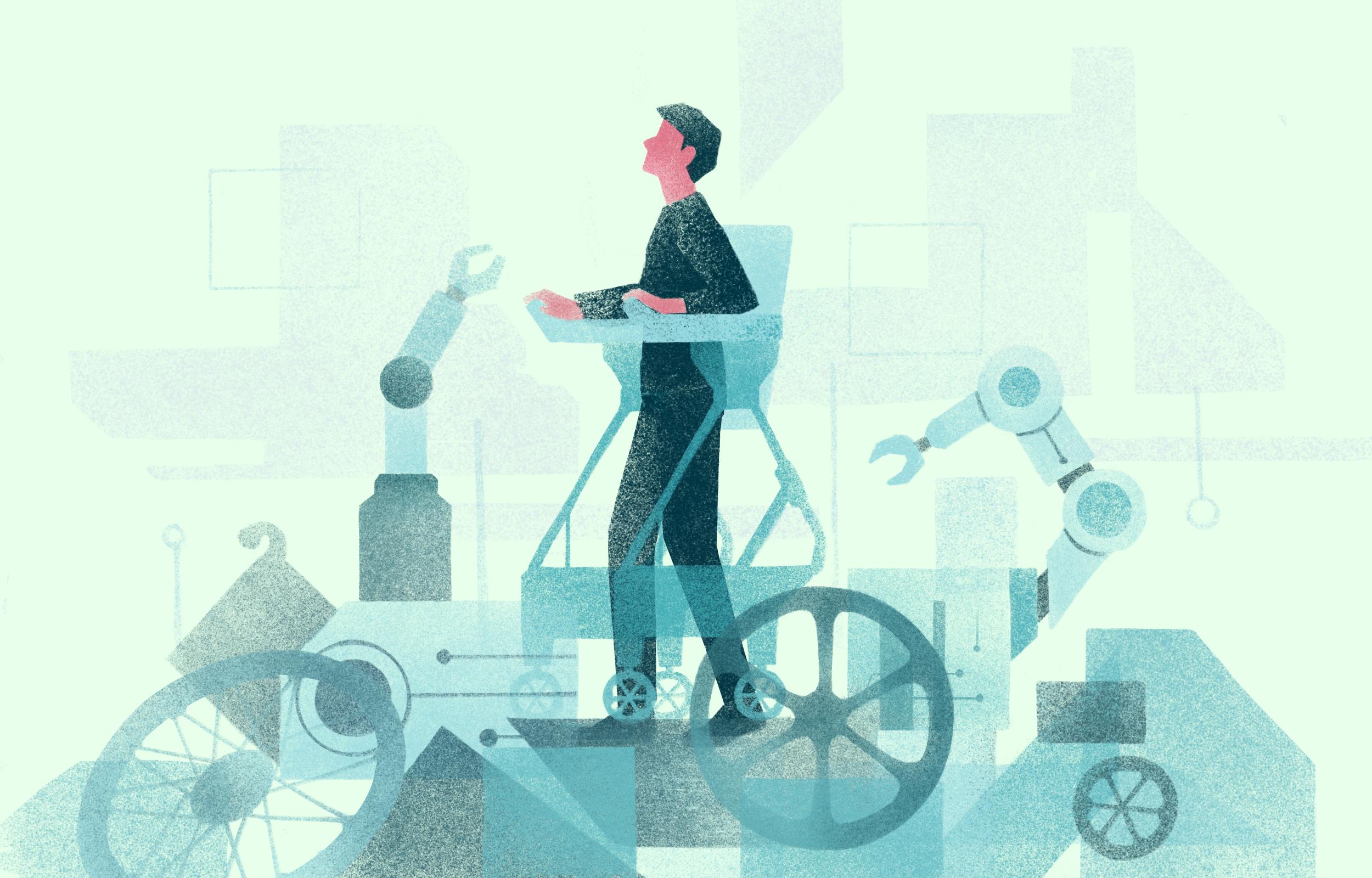Medtech for users with disabilities is getting more natural
What do you think the world’s first medical devices were?
We bet you wouldn’t guess that, at least when it comes to prosthetic devices, the answer is “toes.” Yes, the ancestors of today’s medical devices were prosthetic toes for amputees in ancient Egypt, dating back to about 950 BCE.
When you look at the history of medical innovation, it often comes back to helping patients with various physical disabilities. And today, those innovations are getting more and more exciting.

The trend: Two recent disability-focused innovations highlight just how important iteration on existing medtech products is. After all, there’s often a big difference between a device serving its medical purpose and making the experience of using it feel truly natural and seamless.
- A new brain-computer interface (BCI) study seems to have solved one of the most common problems with thought-to-speech BCI approaches for people with quadriplegia: time lag.
- French medtech Lifebloom has combined a wheelchair with an exoskeleton, hoping to offer wheelchair users more mobility options than the standard wheelchair inherently can.
The BCI: For patients with quadriplegia and other disabilities that limit movement and natural speech, the BCIs many researchers and startups are developing could be a game-changer.
- As a refresher, the basic idea behind this type of device is decoding users’ neural activity into words.
- However, thus far, experimental BCIs have only managed to do this with several seconds of delay, making natural, flowing conversation difficult to emulate. The research team from University of California, Berkeley and University of California, San Francisco were able to minimize this lag.
- The result? The study’s sole participant was able to feel embodied, as if she was the one making the sound broadcast by the machine, that she was controlling it. Embodiment is a significant function of this kind of assistive technology, allowing a user to feel that the device is genuinely an extension of them.
The wheelchair: For people who cannot walk on their own, a wheelchair is a lifeline. However, as Lifebloom founder Damien Roche points out, it’s also a massive inefficiency, leading wheelchair users to be dependent on accessible design and caregivers as well as limiting rehabilitation.
- That’s why Lifebloom’s new product is not just a hybrid wheelchair-exoskeleton. It’s branded as a therapy in itself through its integration with a whole rehabilitation platform.
- The Lifebloom digital platform helps users track rehabilitation goals custom to them, which they can use on their own and with rehabilitation providers.
- The company’s hope is that many different classes of wheelchair users can use the device to walk and stand autonomously, including patients with spinal cord injuries or with neurological conditions like multiple sclerosis, as well as frail older adults.
Today’s assistive technology: As with the rest of the medtech world, today’s assistive devices are anything but one-size-fits-all. Personalization and a whole suite of interrelated products are key aspects to many innovations we discuss, so it’s no surprise seeing this approach panning out in the disability tech world, too.
These developments are also markers of the assistive technology space heating up, especially as applications for users without disabilities are considered (i.e., exoskeletons for manual labor, consumer-grade implanted BCIs).
The BCI space is one we’re especially watching closely as three lead contenders—Neuralink, Synchron, and Neuracle—race toward offering an actual implantable product. While people with disabilities are not these operations’ prime targets, we hope the discoveries made along the way will eventually benefit these key users.